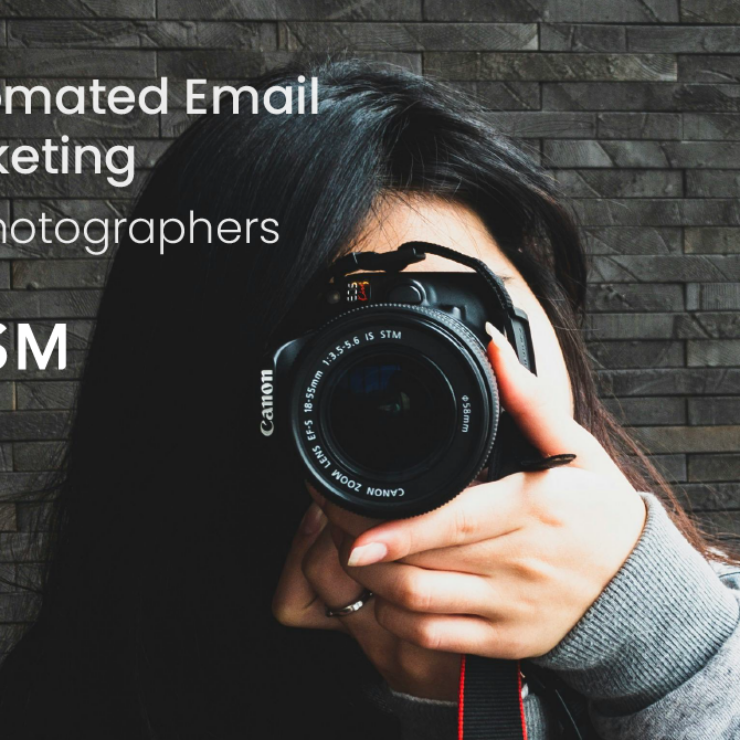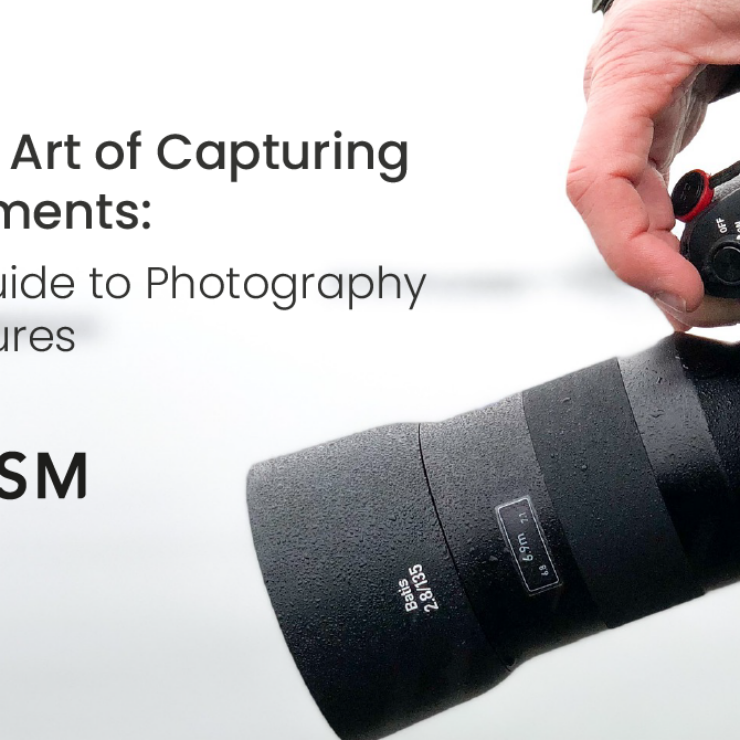“Explore top photo sites for your photography business and learn how Essential Studio Manager streamlines your workflow.”
In today’s digital world, photographers can access various photo sites that can make or break their business. Whether you’re a seasoned professional or just starting, choosing the right platform to showcase your work is critical. With so many options, deciding which suits your needs can be overwhelming. That’s where this guide comes in. We’ll dive deep into the world of photo sites, helping you pick the perfect platform to manage, share, and sell your photography.
Why Your Choice of Photo Site Matters

Your website is your digital storefront, where clients first interact with your work. It needs to be visually appealing, easy to navigate, and functional. A poorly chosen photo site can lead to lost business, while the right one can attract new clients and simplify your workflow.
Key Features to Look For in a Photo Site
When choosing a photo site, several key features should be considered. These features will affect how your site looks and functions and how well it serves your business goals.
- Ease of Use: As a photographer, you want to spend your time taking pictures, not wrestling with complicated software. Look for a site that offers a user-friendly interface with drag-and-drop capabilities. This way, you can quickly upload your photos and arrange them in a way that makes sense for your portfolio.
- Customization Options: Your photo site should reflect your unique style. Look for platforms that offer customizable templates or themes, allowing you to adjust colors, fonts, and layouts to match your brand.
- Mobile Responsiveness: As more people browse the web on their phones, it’s crucial that your photo site looks good and functions well on mobile devices. Choose a platform that automatically adjusts to different screen sizes.
- SEO Capabilities: Your site needs to rank well on search engines to attract clients. Look for platforms that offer built-in SEO tools, such as meta tags, alt text for images, and easy-to-edit URLs.
- Client Galleries and Proofing: If you’re selling prints or offering client galleries, look for a platform that offers easy proofing options. This allows clients to view and select their favorite photos, making ordering smoother.
- E-commerce Integration: Selling your work online? Choose a platform with robust e-commerce features. This could include the ability to sell prints, digital downloads, or even offer photography packages.
- Pricing: Of course, the cost is a significant factor. While some photo sites offer free plans, they often have limitations like storage caps or ads. Weigh the benefits of a paid plan against your budget and business needs.
Top Photo Sites to Consider

Now that we’ve covered what to look for let’s explore some of the top photo sites available today.
1. SmugMug
SmugMug is popular among photographers for its robust feature set and ease of use. It offers unlimited storage, customizable templates, and e-commerce integration, making it a great all-in-one solution. With SmugMug, you can create client galleries, sell prints, and even set your pricing.
Pros:
- Unlimited photo storage
- Customizable templates
- Integrated e-commerce
Cons:
- Higher price point
- Limited design flexibility compared to other platforms
2. Zenfolio
Zenfolio is another all-in-one platform designed specifically for photographers. It offers many templates, SEO tools, and client-proofing options. Zenfolio’s e-commerce features are particularly strong, allowing you to sell prints, digital downloads, and more.
Pros:
- Comprehensive e-commerce features
- Excellent client-proofing tools
- Strong SEO capabilities
Cons:
- Steeper learning curve
- Limited mobile editing capabilities
3. Squarespace
While not exclusively for photographers, Squarespace is a versatile platform that offers stunning templates and powerful customization options. It’s ideal for those who want a visually appealing site without sacrificing functionality. Squarespace also offers e-commerce integration, making it a solid choice for selling prints and services.
Pros:
- Beautiful, modern templates
- User-friendly interface
- Built-in e-commerce tools
Cons:
- Limited storage on lower-tier plans
- Some features require third-party apps
4. Pixieset
Pixieset is tailored specifically for photographers. It offers beautiful client galleries, proofing tools, and e-commerce integration. It’s known for its clean, minimalist design, perfect for photographers who want to showcase their work without distractions.
Pros:
- Elegant, simple design
- Client proofing and gallery options
- Easy-to-use e-commerce features
Cons:
- Limited customization options
- Smaller feature set compared to other platforms
Essential Studio Manager: A Must-Have Tool for Photographers

While photo sites are crucial for showcasing your work, managing the business side of photography is equally important. This is where Essential Studio Manager (ESM) comes in. ESM is an all-in-one business management tool designed specifically for photographers. We help you streamline your workflow, manage clients, and stay organized, so you can focus on what you do best—taking photos.
How Essential Studio Manager Can Enhance Your Photography Business
Client Management:
ESM offers a comprehensive client management system that keeps all client information in one place. We allow you to track communication, store contracts, and manage appointments easily.
Invoicing and Payments:
With ESM, invoicing clients is a breeze. You can create and send invoices directly from the platform and even set up automated payment reminders. This ensures you get paid on time, every time.
Scheduling:
ESM’s scheduling feature allows you to book appointments and sessions without the hassle of back-and-forth emails. Clients can view your availability and book a time that works for them.
Task Management:
Stay on your to-do list with ESM’s task management tool. Whether it’s editing photos, sending contracts, or following up with clients, ESM helps you stay organized and efficient.
Reports and Analytics:
Want to know how your business is performing? ESM offers detailed reports and analytics that give insights into your income, client activity, and more.
Integration with Photo Sites:
Essential Studio Manager integrates seamlessly with popular photo sites like SmugMug and Zenfolio. This means you can manage your entire business from one central hub, saving time and effort.
How to Choose the Right Photo Site for Your Business
With so many options available, how do you choose the right photo site for your business? Here’s a step-by-step guide to help you make the decision.
1. Define Your Needs
Start by listing your must-haves. Do you need a platform with strong e-commerce features? Are client galleries a priority? Knowing what you need will help you narrow down your options.
2. Consider Your Budget
Photo sites range from free to premium, with various pricing tiers. Consider what you’re willing to spend and what features are worth paying for. Remember that sometimes investing in a premium plan can pay off in the long run.
3. Test the Platforms
Most photo sites offer free trials or demo versions. Take advantage of these to test the platforms that interest you. Pay attention to ease of use, customization options, and overall functionality.
4. Read Reviews
Before making a final decision, read reviews from other photographers. This can give you insights into the pros and cons of each platform that you might not have considered.
5. Think Long-Term
Your photography business will grow and evolve. Choose a platform that can grow with you. Look for scalable options that offer advanced features as you expand your offerings.
Conclusion
Choosing the right photo site is crucial for the success of your photography business. It’s not just about showcasing your work; it’s about creating an efficient, user-friendly platform that attracts clients and supports your business growth. By carefully evaluating your needs and using tools like Essential Studio Manager to manage the business side of things, you can build a professional online presence that stands out. Whether you’re a beginner or a seasoned pro, the right photo site, paired with effective management tools, can help you take your photography business to the next level. Make your choice wisely, and let your site work for you.
FAQs
1. What is the best photo site for beginners?
For beginners, SmugMug and Squarespace are both excellent options. They offer user-friendly interfaces and plenty of resources to help you get started.
2. Can I sell prints directly from my photo site?
Yes, many photo sites offer e-commerce integration that allows you to sell prints, digital downloads, and other products directly from your site.
3. How much should I expect to pay for a photo site?
The cost of a photo site can vary widely, from free plans with limited features to premium plans that cost upwards of $40 per month. When making your decision, consider your needs and budget.
4. Do I need coding skills to use a photo site?
No, most photo sites are designed to be user-friendly and do not require any coding skills. They often offer drag-and-drop interfaces and customizable templates.
5. How can Essential Studio Manager help my photography business?
Essential Studio Manager helps you stay organized by offering tools for client management, invoicing, scheduling, task management, and more. It integrates with popular photo sites, allowing you to manage your entire business from one platform.
6. Is SEO important for my photo site?
Yes, SEO is crucial for attracting clients to your site. Look for a platform that offers built-in SEO tools, such as meta tags, alt text for images, and customizable URLs.
7. Can I switch photo sites later if I’m not happy with my choice?
Yes, you can switch photo sites if you are unsatisfied with your current platform. However, it’s important to consider the time and effort required to migrate your content to a new site.
8. How do I choose between SmugMug and Zenfolio?
Both SmugMug and Zenfolio are excellent choices, but they cater to slightly different needs. SmugMug is great for photographers who need unlimited storage and a user-friendly interface, while Zenfolio is better suited for those who want advanced e-commerce and client-proofing features.




